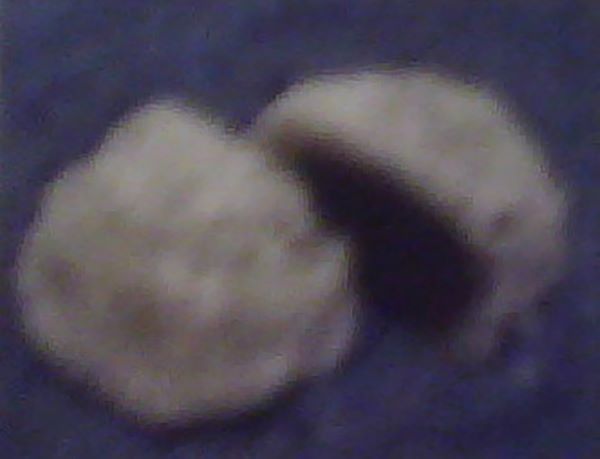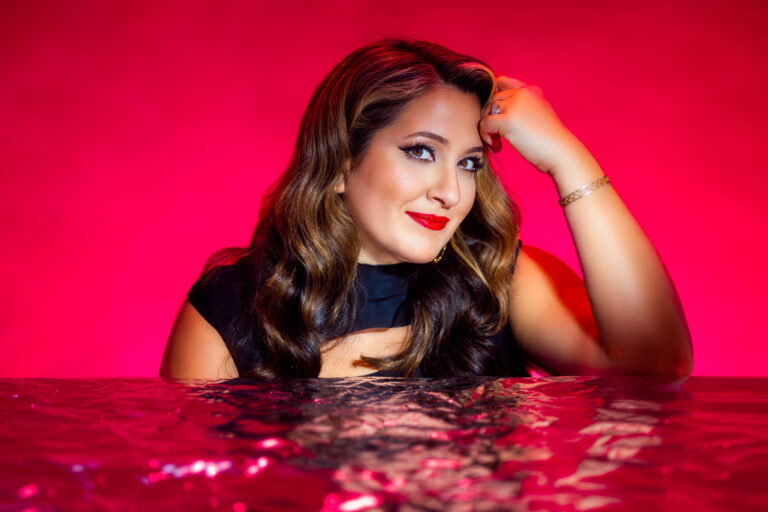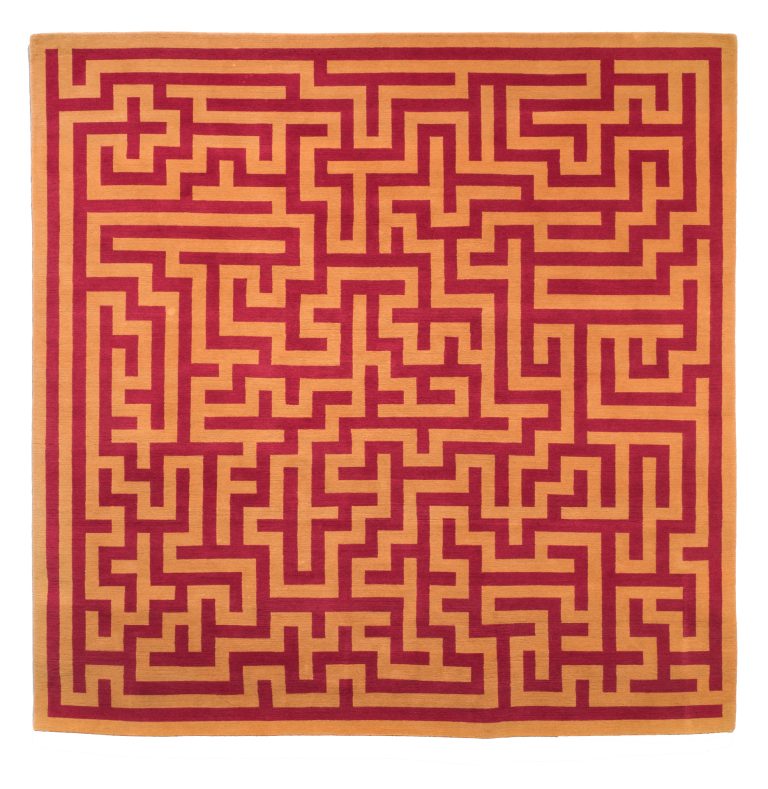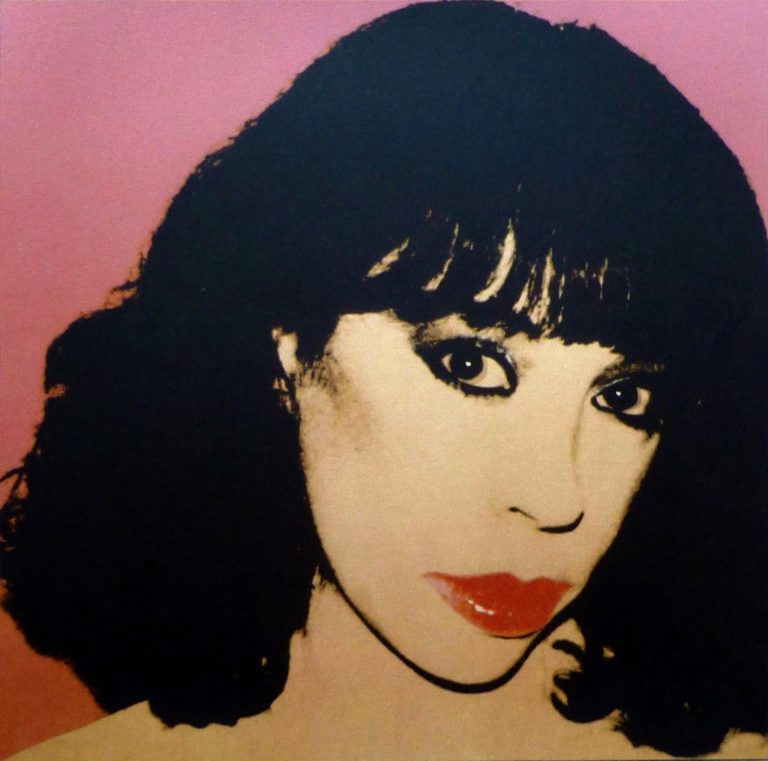“Rosalie D. Gagné: A Contemporary Alchemist” at Neuberger Museum of Art
As an educational museum, the Neuberger Museum of Art has a long tradition of showcasing complex, multilayered works by modern and contemporary artists. The current retrospective that surveys the artworks by Rosalie D. Gagné is no exception to this practice. Rosalie D. Gagné: A Contemporary Alchemist, on view through December 22, 2024, features interactive installations, sculptures and multi-media pieces, including recent AI experiments and supporting materials that demonstrate the artist’s creative development.
In the artist statement cited in the exhibition catalog, Gagné emphasizes her fascination with science: “For as long as I can remember, observing nature and experimenting with matter have always been valuable tools of knowledge for me… if I had not worked in the field of visual arts, I would have been active in the sciences.”
Rosalie D. Gagné’s exploration of art methods utilizing science and technology deepened during the years in which she, a native Québécois, spent in Mexico City in the ‘90s when the Mexican contemporary art scene was experiencing a renaissance. Originally interested in sculptures, she experimented with common art materials like glass and clay, but gradually added artificial components like synthetics, computers, polyethylene, silicone and ventilators. Those materials informed her studies of the juxtaposition of concepts, such as natural and artificial, strong and brittle, real and illusional, microcosm and macrocosm. As the museum’s website explains, she was prompted to “investigate the ensuing tensions” between these types of concepts.
For instance, glass sculptures filled with tinted liquids like Corazon Molido (Ground Heart) and Especimen #12 allude to human organs. However, the artist points out the artificiality of such allusions in the way the objects are constructed. In Système circulatoire (Circulatory System), despite what the title suggests, the liquid resembling blood does not circulate across a constructed network but is locked in the structure’s glass containers. Peeling another layer of contradicting illusions, the viewer notices that the containers are connected to teat cups, part of a milking machine that covers the teat of a cow. And while one would expect the liquid to be milky white, a viewer’s expectations are disrupted with blood-like red.

Système circulatoire, Corazon Molido, Systeme Ferme, and Alveiole all showcase Gagné’s tendency to reference recycling and the human impact on nature by using found objects while Microcosme and Effet Papillon (Butterfly Effect) suggest the fragility of our ecosystem. However, curator Patrice Giasson clarifies that Gagné’s work is not political except in the case of Lavamanos (Hand Wash). In Lavamanos, the artist appropriates a medical wash basin topped with three hand-blown glass jars that are filled with colored liquids. In this interactive installation, a visitor is allowed to activate the mechanism with three pedals, allowing liquids to mix into a murky brown substance and flow into a hand-blown glass receptacle underneath the sink. The wordplay in the title suggests the expression “washing your hands of something” and, in conjunction with the resulting slimy and dirty liquid, subtly hints at political corruption in Mexico.
Technologically intricate installations Alvéole (Alveolus) and Règne artificiel IV (Artificial Kingdom IV) use electrical components such as ventilators, microcontrollers, movement detectors and LED lighting, and are made of polyethylene, a fragile material used to make plastic bags. These require constant maintenance to keep installations in working condition. Rosalie D. Gagné, according to Giasson, was “meticulously sketching, planning and calculating” all development stages of construction. Giasson worked with her to identify creative solutions that would help to produce the intended experience for the audience.
Alvéole, which was created before the COVID-19 pandemic, utilizes a ventilator that is operated by a timer, inflating and deflating the polyethylene “tentacles” and mimicking breathing. Visitors can stand underneath and listen to the “breathing” sound of the respirator while looking at the mirror attached to the top. According to the exhibition’s catalog, Gagné stated that “such pieces were meant simply to explore and blur the limits between artificial and natural, synthetic and biological, through lifelike works.”

Règne artificial IV similarly blurs the lines between natural and artificial. It occupies a large part of the gallery space and uses delicate polyethylene installations. It invites the audience to lay on its bean bags and surrender to an illusional “sea” of 45 inflatable creatures hanging from the ceiling, moving and lighting up in the dark in response to movement.
The artist’s growing interest in artificial behavior culminates in the Morphoses (Morphosis), the ongoing experimental AI work done in collaboration with an artist and a scholar in machine learning, Sofian Audry. Viewers are invited to observe three round-shaped silicone robots that are given timed goals and are rewarded when they are taking the right steps towards goal completion. What is unusual is that at the end of each round, the robots’ memories are erased, resulting in a new “performance” every time.
What is evident throughout the exhibition is that like those silicone robots, Rosalie D. Gagné is trying to analyze various forces that shape the world, and her art evolves in response to it. In the catalog, Giasson concludes that “…no matter the historical prisms through which we look at Gagné’s work, it is always unique, in constant evolution, and driven by a sincere poetic impulse.”
All photos by Lynda Shenkman. Top to bottom: Règne artificiel IV (Artificial Kingdom IV), 2020 (detail). Copyright Neuberger Museum of Art; Effet papillon (Butterfly Effect), 2007. Copyright Neuberger Museum of Art; Galley View. Copyright Neuberger Museum of Art
About Yana Rolnik
Yana Rolnik is a freelance art historian and full-time Director of Software Engineering at Confluence Technologies. She has a Bachelors in Computer Science, Masters in Art History, and is pursuing Masters in Entrepreneurship in the Arts.






